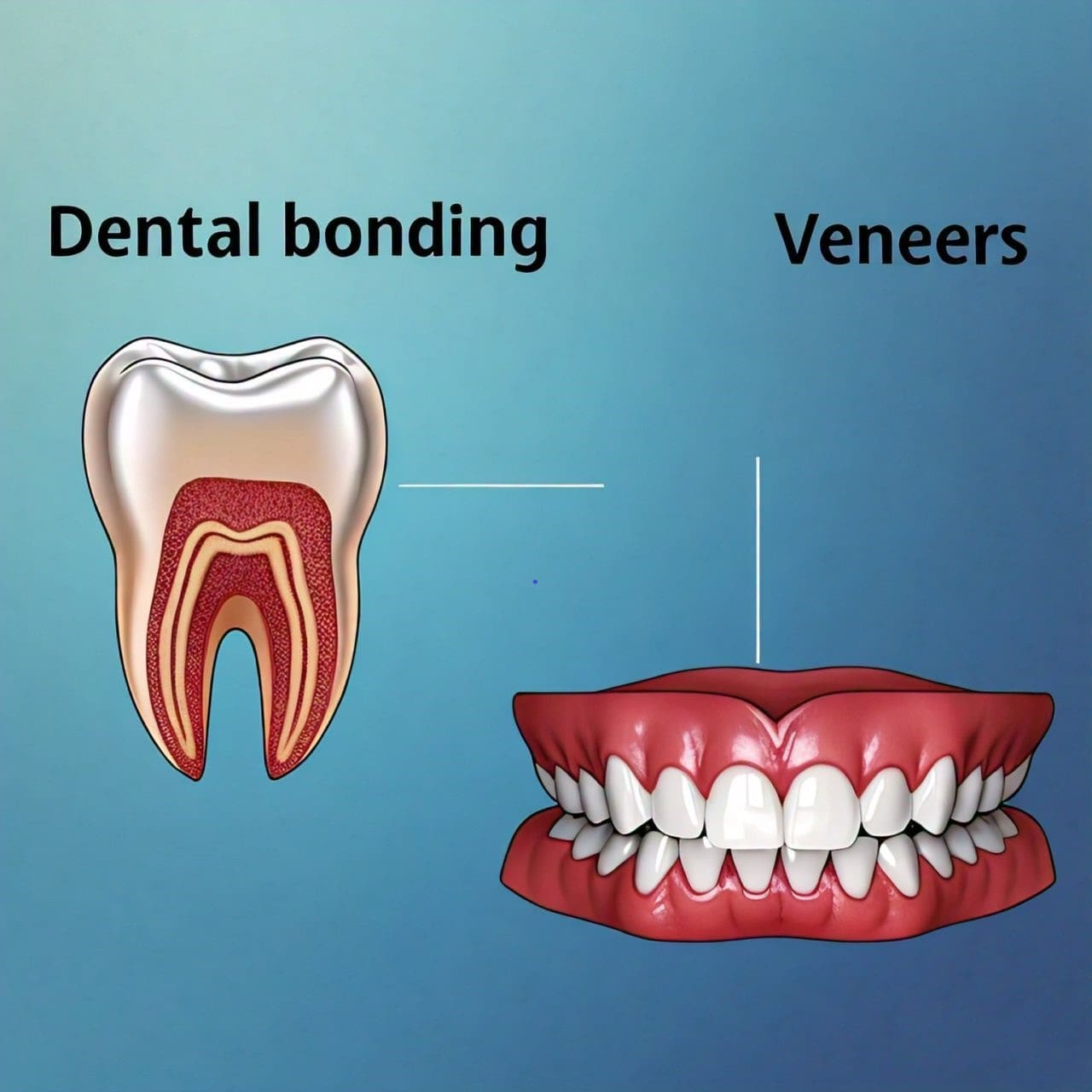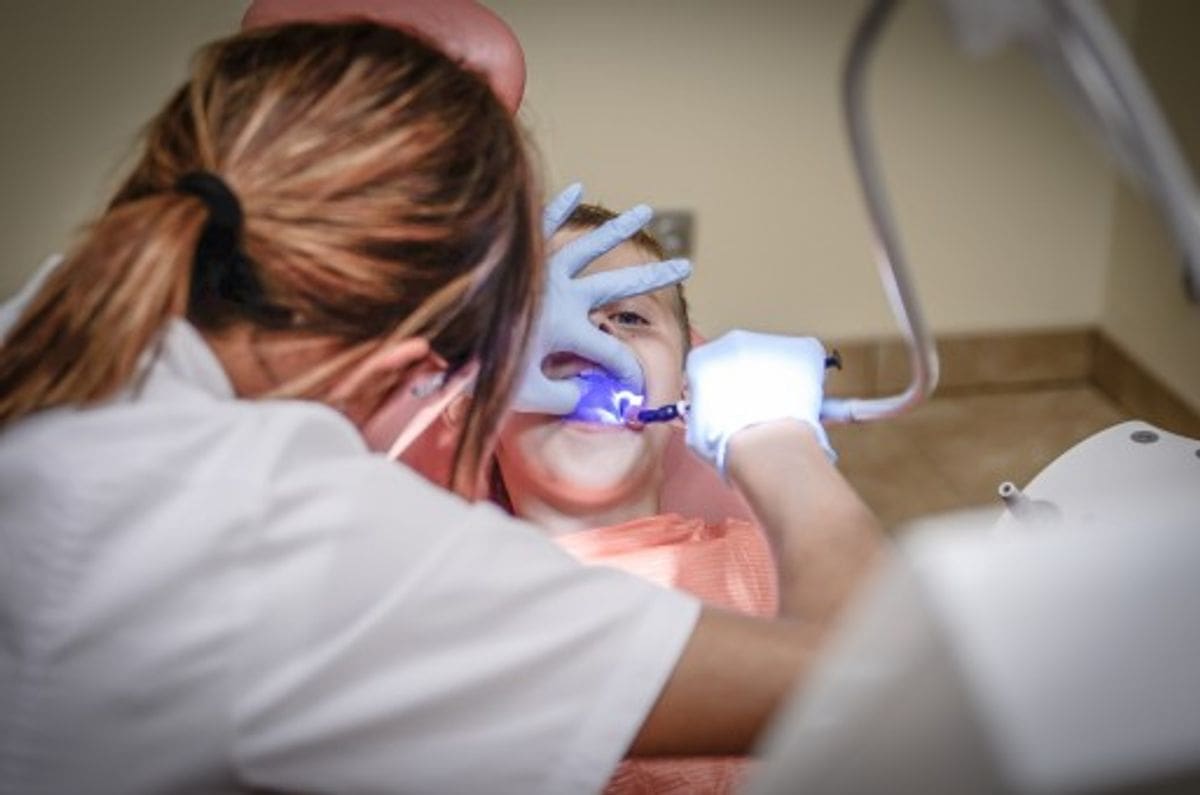Invisalign Clear Aligners The Invisible Way to Straighten Teeth
Invisalign Clear Aligners offer a modern approach to orthodontics, providing an aesthetic and convenient solution for those looking to straighten their teeth without the hassle of traditional metal braces. This innovative technology uses a series of custom-made, nearly invisible aligners to gradually shift teeth into the desired position. The process is not only discreet but also tailored to fit comfortably, ensuring a smooth journey towards a perfect smile.
Key Takeaways
- Invisalign Clear Aligners are almost invisible, providing a discreet orthodontic treatment option that doesn’t compromise on aesthetics.
- The custom-fit design and removability of Invisalign aligners offer unparalleled comfort and convenience compared to traditional braces.
- Invisalign treatment involves advanced 3-D imaging technology to create a step-by-step plan, leading to efficient and effective teeth straightening.
Understanding Invisalign Clear Aligners

The Basics of Invisalign Technology
Invisalign aligners offer a cutting-edge approach to orthodontics by leveraging advanced 3-D computer-imaging technology. This technology allows for the visualization of your entire treatment plan, from the initial position of your teeth to the desired end result. The aligners are custom-made for a perfect fit, ensuring both effectiveness and comfort throughout the process.
The aligners are crafted from a clear thermoplastic material, which is both durable and inconspicuous. They work by applying gentle, consistent pressure to your teeth, gradually shifting them into the correct alignment. Here’s a brief overview of how Invisalign works:
- Your orthodontist creates a precise treatment plan using 3-D imaging.
- A series of custom aligners are produced to correspond with each stage of the treatment.
- You wear each set of aligners for about two weeks before moving on to the next in the series.
- Regular check-ins with your orthodontist ensure progress is on track.
Typically, the entire process spans approximately a year, but the duration can vary based on individual needs. The journey to a straighter smile with Invisalign is a seamless blend of technology, customization, and patient comfort.
The Aesthetic Advantage: Nearly Invisible Treatment
In the realm of orthodontic treatments, Invisalign clear aligners present a significant aesthetic benefit. Their near-invisibility ensures that you can straighten your teeth without drawing attention to the process. This feature is particularly appealing if you are keen on maintaining a natural appearance throughout your treatment.
The aligners are crafted from a transparent, medical-grade plastic that is both discreet and durable. Here are some of the aesthetic advantages you can expect with Invisalign:
- Subtle treatment, allowing you to smile confidently in social and professional settings.
- No unsightly metal brackets or wires that are commonly associated with traditional braces.
- The ability to maintain your natural look, as the aligners blend seamlessly with your teeth.
Choosing Invisalign means opting for a treatment that complements your lifestyle and aesthetic preferences. It’s a choice that offers the freedom to straighten your teeth without compromising on appearance.
Customization and Comfort: The Invisalign Fit
Invisalign aligners are renowned for their custom fit, tailored specifically to your dental structure. Each aligner is meticulously crafted using advanced 3-D computer-imaging technology, ensuring a snug and comfortable fit over your teeth. This personalized approach not only enhances comfort but also optimizes the effectiveness of the treatment.
The aligners are made from a clear thermoplastic material that is both smooth and durable. They are designed to apply gentle, consistent pressure to your teeth, guiding them into the desired position over time. Here are some of the key benefits of the Invisalign fit:
- Precision: Custom-made to the exact specifications of your teeth.
- Comfort: Smooth edges to minimize irritation to your gums and cheeks.
- Aesthetics: Nearly invisible, allowing you to maintain a natural appearance.
- Convenience: Removable for easy eating, drinking, and oral hygiene.
As you progress through your treatment, you will receive a series of aligners, each slightly different from the last. Typically, you’ll switch to a new set every two weeks, gradually moving towards your goal of a straighter smile. The duration of treatment varies depending on individual needs, but many patients complete their Invisalign journey within about a year.
The Invisalign Treatment Process
Embarking on the Invisalign journey, you will be equipped with a series of custom-made aligners, each meticulously crafted to fit your unique dental structure. These aligners will gently guide your teeth into their desired positions, transforming your smile step by step.
The treatment unfolds over several stages:
- Initial fitting and assessment to ensure optimal comfort and effectiveness.
- Regular replacement of aligners approximately every two weeks to progressively shift your teeth.
- Periodic dental visits, initially frequent, then spaced out to every four to six weeks, to monitor your progress.
The duration of your Invisalign treatment can vary, typically ranging from six months to a year, though individual needs may shorten or extend this timeline. Throughout this period, you’ll witness a gradual, yet remarkable transformation as you edge closer to achieving the smile you’ve envisioned.
Comparing Invisalign to Traditional Braces

Visibility and Aesthetics: Invisalign vs. Metal Braces
When considering orthodontic treatment, the visibility of the corrective device is a significant factor for many. Invisalign aligners offer the benefit of being virtually invisible, allowing you to undergo treatment without drawing attention to your smile. This feature is particularly appealing if you prefer a discreet approach to straightening your teeth.
In contrast, traditional braces, whether metal or ceramic, are more noticeable. They involve brackets and wires that are visible whenever you speak or smile. For those who value subtlety and wish to maintain a professional or unaltered appearance during treatment, Invisalign provides a clear advantage.
Here are four key differences in visibility and aesthetics between Invisalign and traditional braces:
- Invisalign aligners are made from a proprietary SmartTrack material that is transparent.
- Metal braces are easily spotted due to the contrast they create with the natural color of your teeth.
- Ceramic braces attempt to blend in but can still be seen upon closer inspection.
- Invisalign aligners are smooth and fit snugly over your teeth, further reducing their visual impact.
Removability and Lifestyle Flexibility
One of the most significant advantages of Invisalign clear aligners is their removability, which offers unparalleled flexibility in your daily life. You can easily remove your aligners to enjoy meals, maintain oral hygiene, or for special occasions without the constraints of traditional braces.
Here are some lifestyle benefits you’ll appreciate with Invisalign:
- Freedom to eat all your favorite foods without restrictions.
- Ease of maintaining dental hygiene by removing aligners to brush and floss.
- No need to adjust your lifestyle for orthodontic appointments.
While the convenience of Invisalign is clear, it’s important to wear the aligners for the recommended 20 to 22 hours a day to ensure effective treatment. The responsibility of managing the wear time rests with you, which is a small trade-off for the flexibility and comfort provided by Invisalign.
Comfort and Oral Health Considerations
When considering Invisalign as an orthodontic solution, comfort and oral health are paramount. Invisalign aligners are designed to minimize discomfort and simplify dental hygiene routines compared to traditional braces. Here are some key points to consider:
- Invisalign trays are smooth and custom-fitted to your teeth, reducing irritation to the gums and cheeks.
- The removability of Invisalign aligners allows for thorough cleaning of your teeth and gums, maintaining better oral health.
- Without metal brackets or wires, there is less risk of injury during physical activities or from eating hard foods.
Moreover, the ease of maintaining oral hygiene with Invisalign can lead to fewer complications such as cavities or gum disease during treatment. It is essential to follow your dentist’s instructions for cleaning your aligners and teeth to ensure the best possible outcome.
Duration and Efficiency of Treatment
When considering Invisalign as an orthodontic solution, you may be curious about the duration and efficiency of the treatment. The total treatment time with Invisalign aligners averages between 9 to 15 months, with variations depending on individual needs and goals. Typically, you will progress through the treatment with a new set of aligners approximately every two weeks.
The number of aligners required during the treatment usually ranges from 18 to 30 sets. It is essential to have regular check-ins with your orthodontist to ensure your treatment is on track. Initially, these visits may occur every week or two, but as you adapt to the aligners and your progress is assessed, the frequency of visits can often be extended to once every four to six weeks.
The efficiency of Invisalign compared to traditional braces has been studied, and while each case is unique, many find that Invisalign aligners offer a convenient and less disruptive option. To determine the most suitable treatment plan for you, a detailed consultation with your orthodontist is recommended.
Conclusion
Invisalign clear aligners represent a significant advancement in orthodontic treatment, offering a discreet and comfortable way to achieve a beautifully straight smile. The innovative technology behind Invisalign allows for a nearly invisible appearance, eliminating the self-consciousness often associated with traditional braces. With the convenience of removable aligners, patients can enjoy their favorite foods without restriction and maintain better oral hygiene. The custom-made, precision-fit aligners ensure a tailored treatment plan that caters to the unique dental structure of each individual. As we have explored throughout this article, Invisalign aligners are not just about aesthetics; they are a testament to the evolution of dental care, prioritizing patient comfort and convenience without compromising on results. Whether for adults or teens, Invisalign offers a modern solution for straightening teeth, proving that a confident smile doesn’t have to come with the visibility and discomfort of metal braces.






